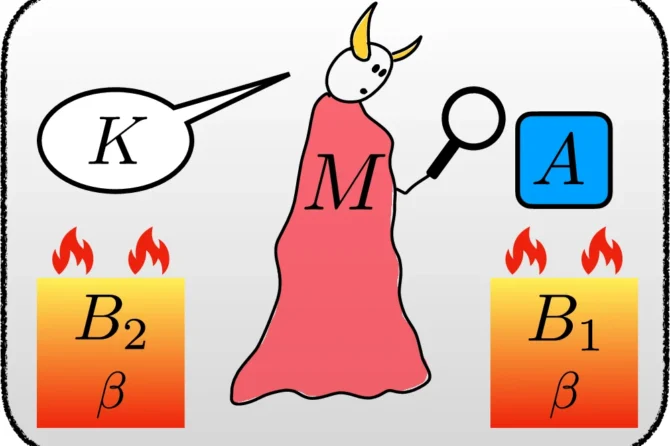Nuclear magnetic resonance (NMR) spectroscopy suffers from poor sensitivity compared to other analytical techniques, because it relies on the weak magnetic fields produced by a small thermal nuclear spin polarization. Consequently, a conventional NMR apparatus typically uses large sample volumes of about a milliliter which is large enough to contain around a million biological cells.
Researchers from the University of Maryland’s Quantum Technology Center (QTC) have reported a new quantum sensing technique that allows high-resolution NMR spectroscopy on small molecules in dilute solution in a 10 picoliter sample volume—roughly equivalent to a single cell.
The team has yet developed a system that utilizes nitrogen-vacancy quantum defects in diamonds to detect the NMR signals produced by picoliter-scale samples. The technique has been enhanced by combining quantum diamond NMR with a hyperpolarization method that boosts the sample’s nuclear spin polarization—and hence NMR signal strength—by more than a hundred-fold.
The results reported a NMR with femtomole molecular sensitivity. (Phys.org)
The study has been published in Physical Review X.


